No one thought that rocks could hold water. However, with a persistent mind and an unwavering belief in the power of science , Associate Professor, Dr. Vu Cao Minh and his research team have achieved the seemingly impossible.
Associate Professor, Dr. Vu Cao Minh (far left) and the group of authors received the Tran Dai Nghia Award on May 16. Photo: Minh Duc.
" Hanging pond technology captures water The project " cliff " by a group of scientists including Associate Professor, Dr. Vu Cao Minh, Dr. Vu Van Bang, Engineer Nguyen Chi Ton (of the Institute of Earth Sciences) combining geological science and hydrology was successfully tested in 2002 in Dong Van ( Ha Giang ) and was honored to receive the Tran Dai Nghia Award in 2025 .
Natural solutions for thirsty regions
Associate Professor, Dr. Vu Cao Minh was born in 1957 in Hanoi , graduated in Hydrogeology from Hanoi University in 1980. After working as a researcher at the Institute of Geology, he received his PhD from Greifswald University (Germany) and returned to Vietnam to work at the Institute of Geology, Vietnam Academy of Science and Technology.
In more than 50 years of working in hydrogeology and environment, Associate Professor, Dr. Vu Cao Minh, former staff of the Institute of Geology, Vietnam Academy of Science and Technology, has never stopped worrying about the problem of clean water for people in mountainous areas.
Sharing the reason for pursuing the hanging lake project, he said that before starting the research, he and his colleagues faced a real challenge, which was that the people in the rocky highlands were facing a severe shortage of water for daily use.
In the early 2000s, the Ha Giang stone plateau was literally submerged in a great drought. Water became a luxury, pushing the lives and health of the people into an extremely difficult situation.
In communes such as Giang Chu Phin, Can Chu Phin, Lung Pu, Sung Mang, Sung Cha, Ta Lung, Thuong Phung, Son Vi of Meo Vac district, the image of people, from young to old, having to travel dozens of kilometers down to Nho Que river or to Yen Minh district to carry cans of water for use has become a haunting image. Every time the rain stops, life seems to stop, because there is no water for both daily life and a little farming.
Hanging lake in Giang Chu Phin commune, Meo Vac, Ha Giang.
From that reality, a big question arose: Is it possible to "keep" water on the mountain? The answer gradually formed after field surveys, he and his research team realized the phenomenon of rainwater gathering in small streams, following cracks and cliffs. So if it is possible to capture that flow into safely reinforced tanks, placed in the right place, there will be a "lake" on the mountain.
After nearly a year of surveying and learning from local people's experiences, and through monitoring and analyzing data, he and his research team were able to determine a water source suitable for the characteristics of the highland population distribution.
“To create a scientific and technological solution, it may only take a few scientists. However, to bring a solution that is practically tested and then expanded into production requires the contribution of many people. Specifically, in this project, there have been active contributions from many experts,” Associate Professor, Dr. Vu Cao Minh shared.
Ready to accompany YOUNG SCIENTISTS
“This water source is mainly exposed during the rainy season and has a relatively abundant flow, and is widely distributed near scattered residential areas. Therefore, we have researched, designed, and implemented measures to collect and store this type of water during the rainy season for use in the dry season,” he said.
In May 2002, the first water-containing "heart" - a hanging lake with a capacity of 3,000m³ - was successfully built in Sa Phin commune, Dong Van district. In Meo Vac district, the Ta Lung hanging lake (10 times larger than the "heart" lake) continued to be built at an altitude of 1,200m.
From those first "hearts", later the Government and the Ministry of Agriculture and Rural Development (now the Ministry of Agriculture and Environment) agreed to create dozens of hanging lakes on the Ha Giang stone plateau.
The lake hanging halfway up the mountain collects underground water from the cliffs, helping people overcome their "water thirst" which lasts 6-8 months each year on the plateau at an altitude of more than 1,000m above sea level.
By 2024, there will be 125 hanging lakes in the rocky highlands and 31 more are under construction. Hanging lakes have contributed to meeting the minimum needs for domestic water for the highland people, contributing to stabilizing social life, national security and defense, and beautifying the ecological landscape.
“A technology, each technology can become obsolete in the process of social development. The technology of hanging lakes collecting water from cliffs, although put into practice 20 years ago, still shows its positive value. The test results of international scientists in the following years have also proven the good water supply capacity of this type of water source,” Associate Professor Minh shared.
Emphasizing the increasing demand for domestic water, including water for livestock development, and in the context of global climate change, Associate Professor Minh hopes that technologies to enhance water for reservoirs in highland areas, such as anti-evaporation technology, water replenishment technology, etc., will receive attention from the State. At the same time, he also hopes that sponsors, investors and the Government will provide more support for highland water projects.
“Although most of us are old, we are always ready to accompany young people and local officials to do better in bringing water to the people in the highlands, contributing to ensuring water security, contributing to giving the ethnic minorities in the highlands better conditions to keep pace with the country,” he said.
Professor Tran Dai Nghia is a dedicated and highly prestigious scientist who plays a particularly important role in gathering and uniting science and technology associations, actively preparing for the establishment of the Vietnam Union of Science and Technology Associations (Vusta). He is the first President of Vusta.
The Tran Dai Nghia Award is a noble award of the Vietnam Academy of Science and Technology, held every 3 years to honor domestic and foreign scientists with outstanding research works in the fields of natural sciences and technology such as mathematics, mechanics, information science and computers, physics, chemistry, life sciences, earth sciences, marine sciences, environmental sciences and energy, etc.
“With the spirit of creation and the desire to rise up and become strong, we hope that the Tran Dai Nghia Award will always be a source of inspiration and great encouragement for the young generations of Vietnam, contributing to the cause of a rich people, a strong country, and bringing our country to a worthy position on the global map of innovation and creativity,” said Associate Professor, Dr. Vu Cao Minh.
Source: https://khoahocdoisong.vn/pgstskh-vu-cao-minh-nguoi-hoi-sinh-cho-da-post1541914.html


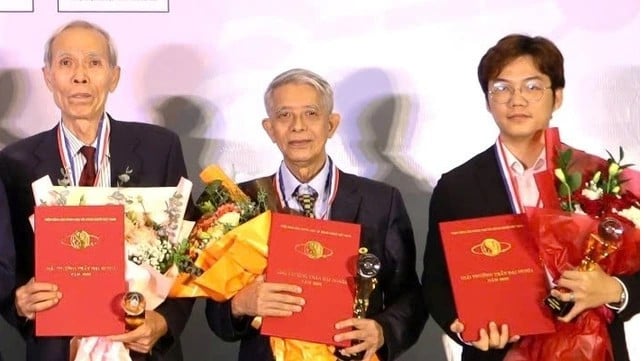
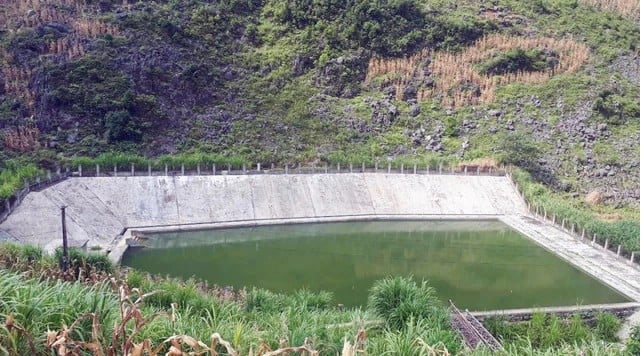
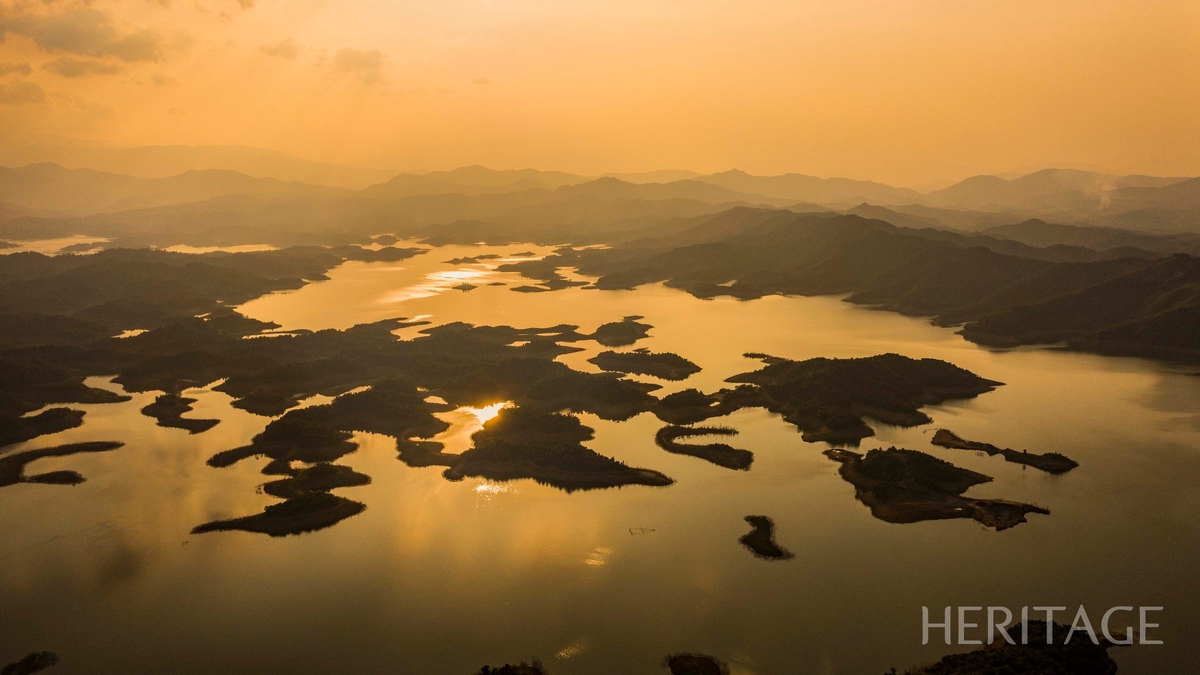

![[Photo] General Secretary To Lam attends the 18th Hanoi Party Congress, term 2025-2030](https://vphoto.vietnam.vn/thumb/1200x675/vietnam/resource/IMAGE/2025/10/16/1760581023342_cover-0367-jpg.webp)
![[Photo] Many dykes in Bac Ninh were eroded after the circulation of storm No. 11](https://vphoto.vietnam.vn/thumb/1200x675/vietnam/resource/IMAGE/2025/10/15/1760537802647_1-7384-jpg.webp)
![[Photo] Conference of the Government Party Committee Standing Committee and the National Assembly Party Committee Standing Committee on the 10th Session, 15th National Assembly](https://vphoto.vietnam.vn/thumb/1200x675/vietnam/resource/IMAGE/2025/10/15/1760543205375_dsc-7128-jpg.webp)



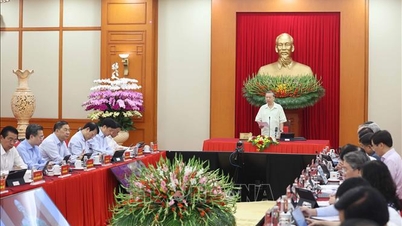

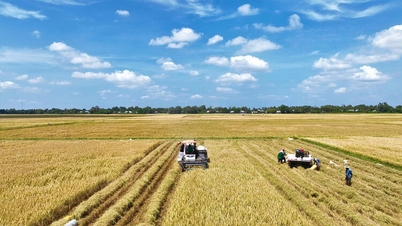



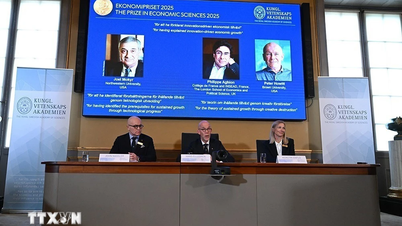



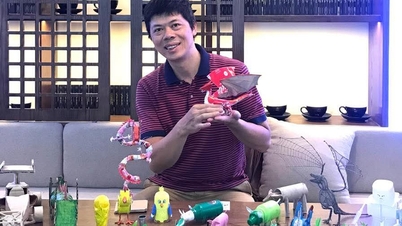



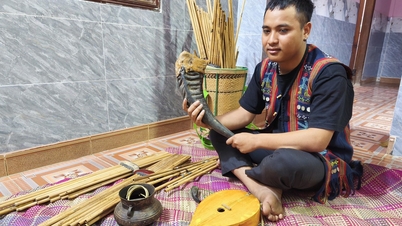
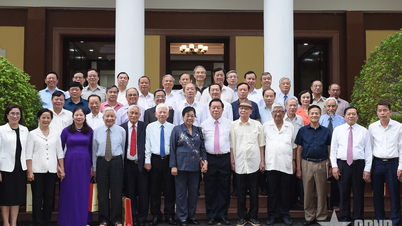

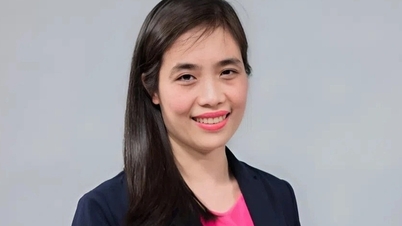







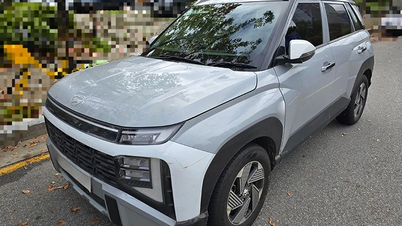
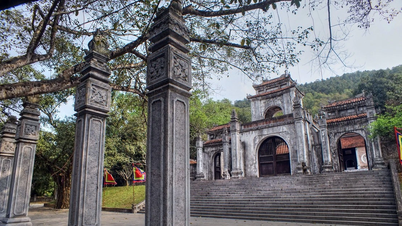


![[Video] TripAdvisor honors many famous attractions of Ninh Binh](https://vphoto.vietnam.vn/thumb/402x226/vietnam/resource/IMAGE/2025/10/16/1760574721908_vinh-danh-ninh-binh-7368-jpg.webp)

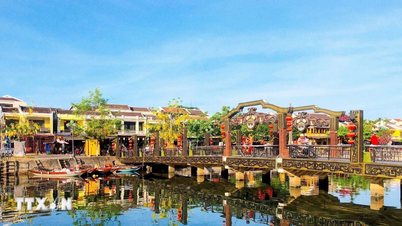


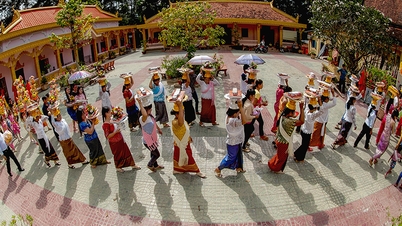

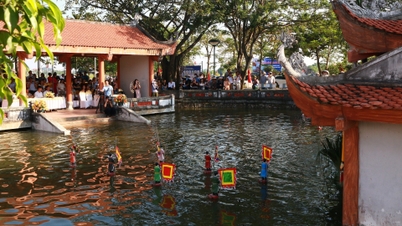



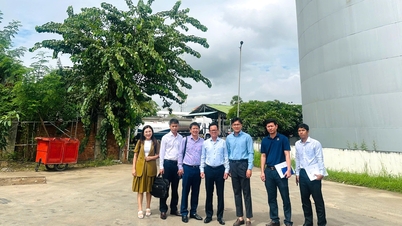
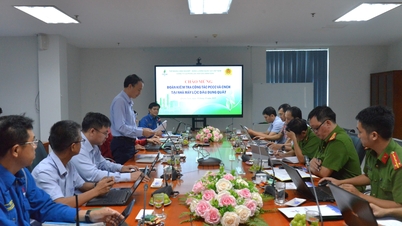

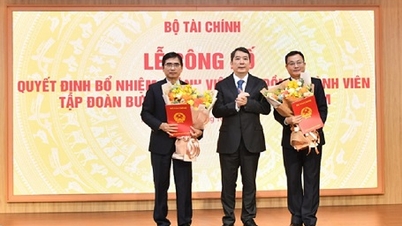




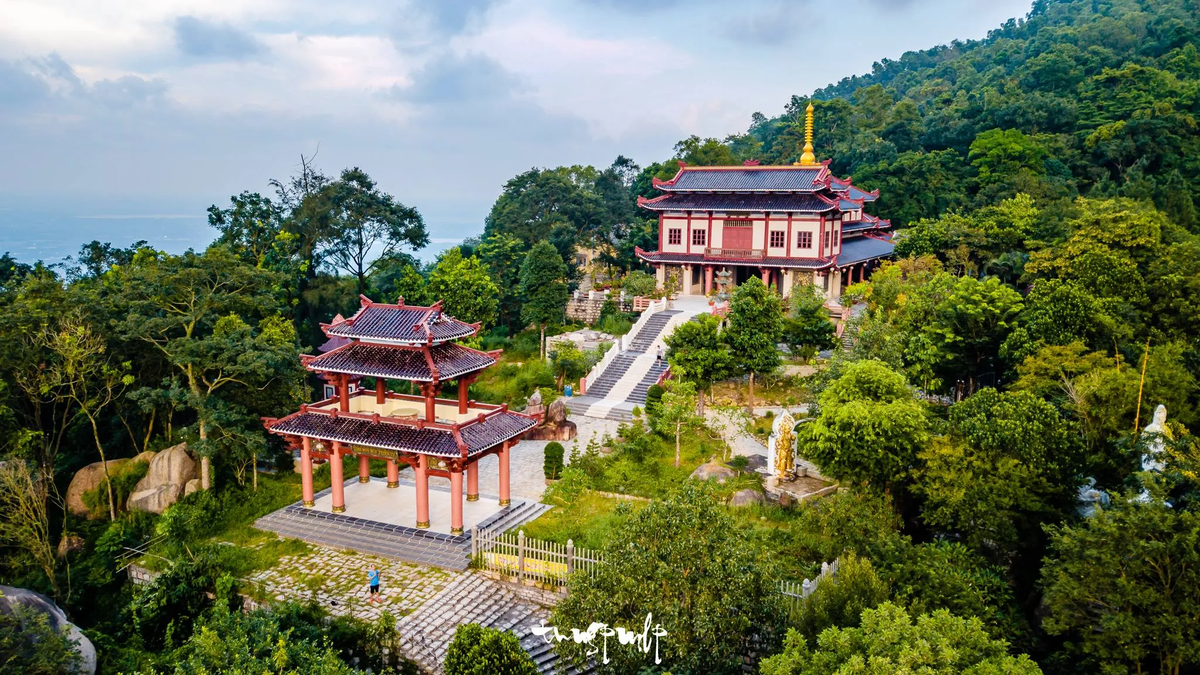
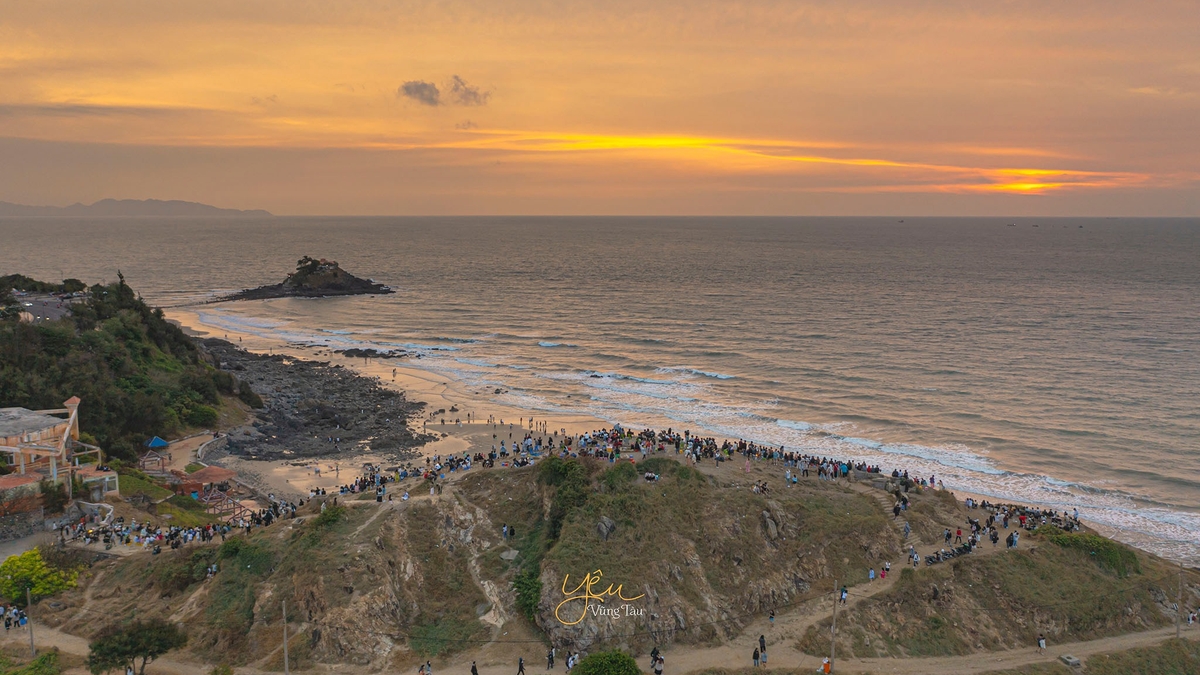
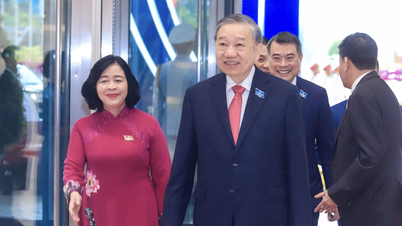
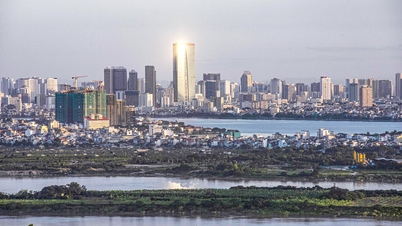
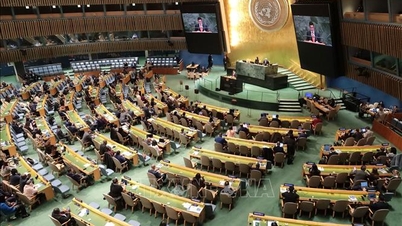
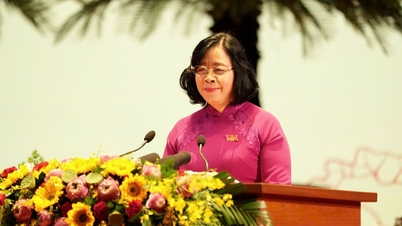





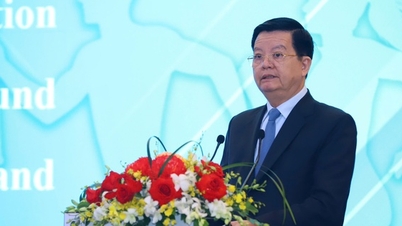
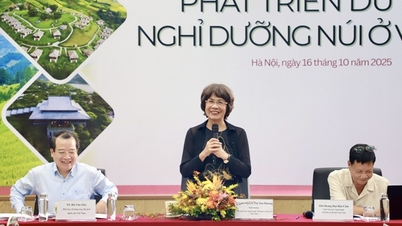

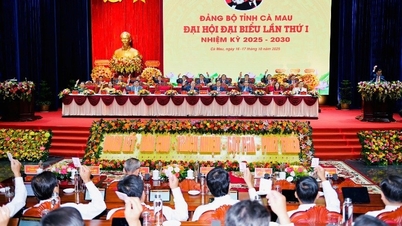
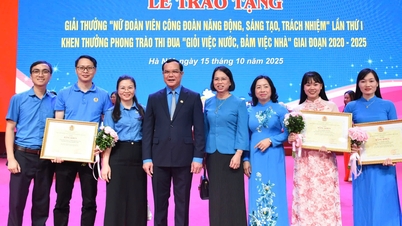

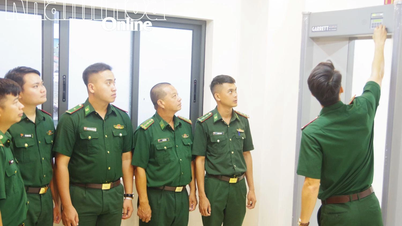

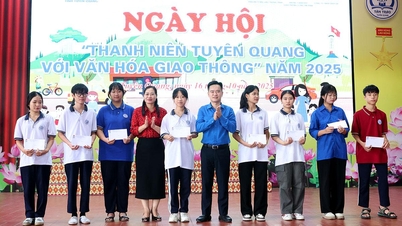

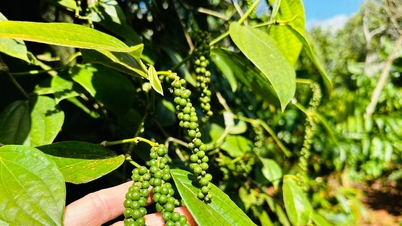

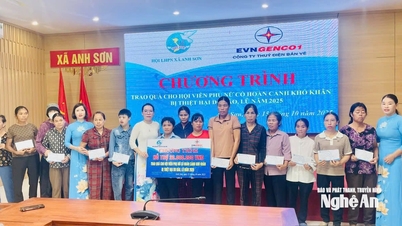



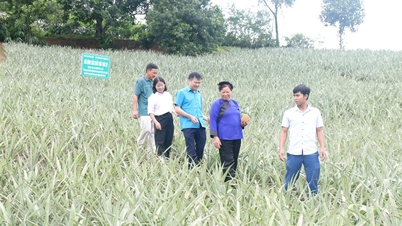
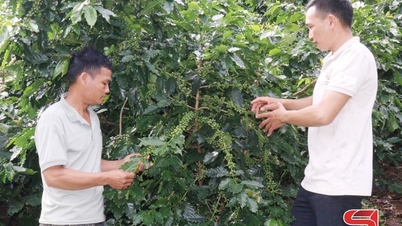

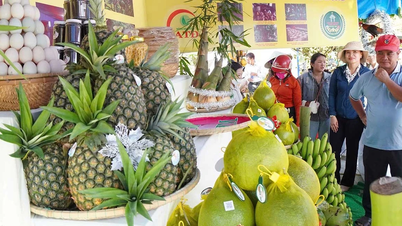

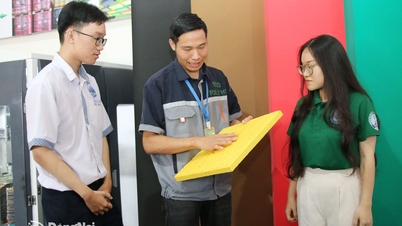

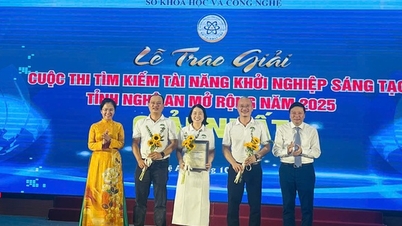


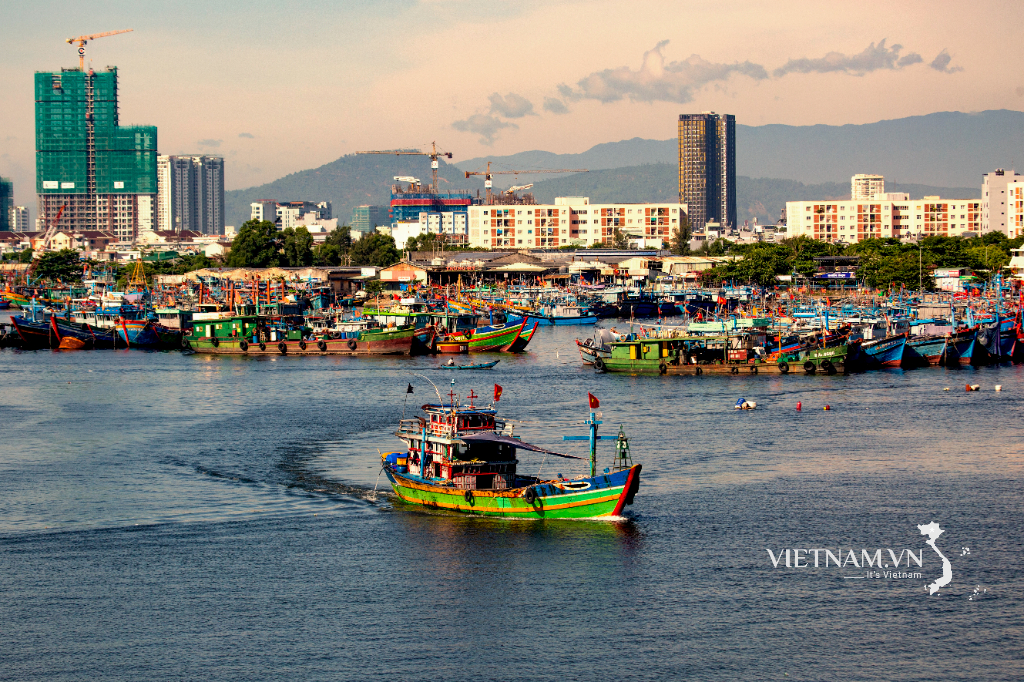
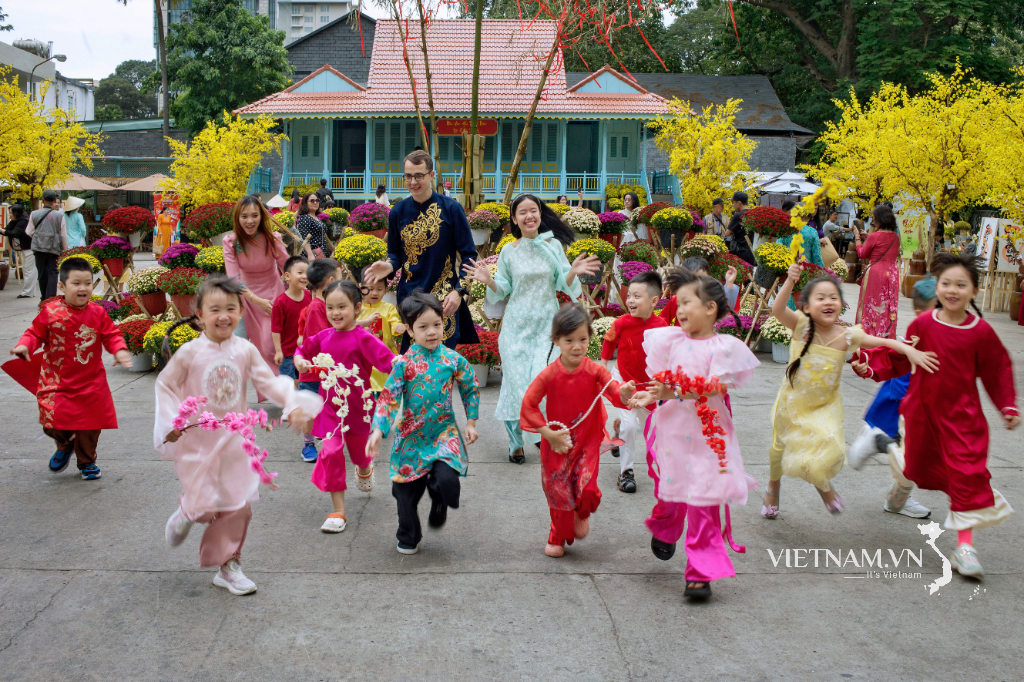

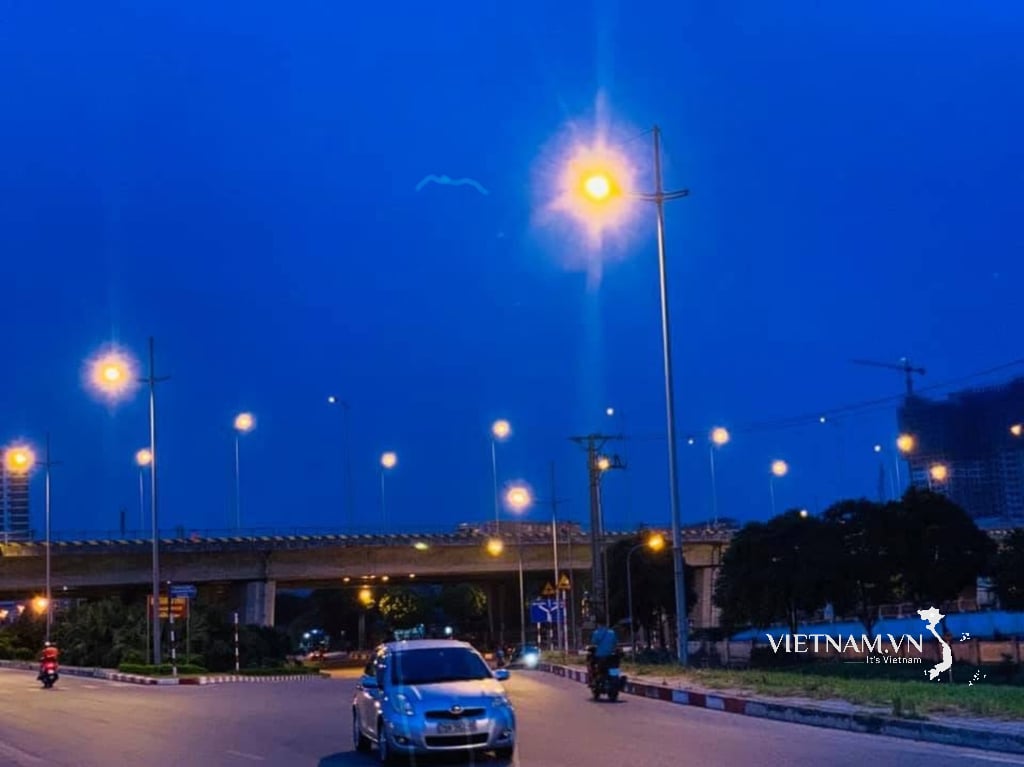
Comment (0)